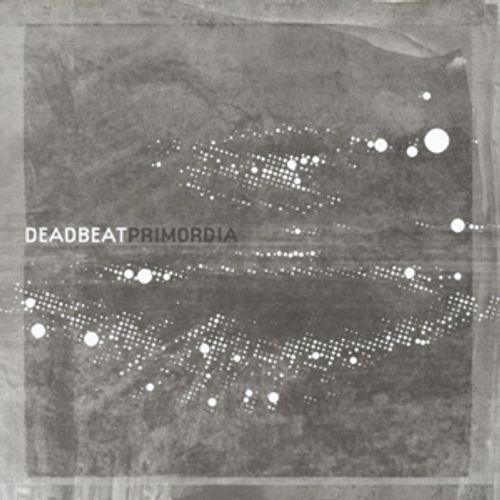

Provascular strands originating from leaf primordia merge with the outer core vascular tissue whereas the flower strands run into the centre of the core. Vascular elements continuously anastomose and change shape and directions.

The core contains strands of vascular bundles united to a complex vascular plexus. The rhizome is histologically subdivided into a central core, an aerenchymatic cortex, and a parenchymatic exocortex formed to a great extent by the nodal cushions. The reproductive phase includes 2-3 flowers which alternate with a single leaf. Flowers appear in the leaf spiral, lack a subtending bract and a cushion below the peduncle. The phyllotaxis is spiral and passes alternately vegetative and reproductive phases. The apex is flat and early overtopped by developing leaf primordia and cushions. The rhizome is covered by parenchymatous nodal cushions each bearing a leaf and a number of adventitious roots. Comprehensive histological studies including hand and microtome sections and a variety of specific staining procedures were conducted to reevaluate the longitudinal and transverse tissue composition. Developmental studies were conducted using scanning electron microscopy. alba was reinvestigated morphologically and histologically. However, this view has to be questioned as morphology and vascularization of Nymphaea rhizomes are still not understood. Vascular bundles are sometimes described as scattered or atactostelar as in monocots. They live in an aquatic environment and are regarded as links to the monocots by some authors. Water lilies are of special interest for the evolution of the angiosperms.


 0 kommentar(er)
0 kommentar(er)
